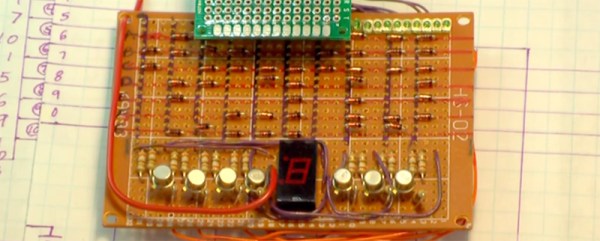A few weeks ago, we got word [Fran] was being kicked out of her workshop. You might remember [Fran] from her exploits in reverse engineering the launch computer for the Saturn V, her work on replicating the DSKY from an AGC, her visit to the Air & Space Museum annex (so jealous), and her other musical adventures. Why is she getting kicked out? Philly’s getting gentrified, ya jabroinis. Now, there’s a GoFundMe for a new Fran Lab. Go on and ring that bell.
Everyone needs a Sharpie sitting around, so how about one that weighs a pound or so? [MakingStuff] created a new body for a big ‘ol Sharpie marker, complete with knurling. Oh, man, the knurling.
A Powerball ticket costs $2. Last Friday, the expected return on a single Powerball ticket was more than $2. This doesn’t happen often, but last Friday the most logical course of action for everyone was to buy all the Powerball tickets they could.
Boston Dynamics built another dog robot and made it dance to Uptown Funk because we haven’t heard that song enough. No one has listened to Uptown Funk enough times in their life. It’s a great song that never gets old or overplayed.
[Wintergatan] is building a drum machine. You might remember this artisan of plywood from various marble machine builds that also play music. This build goes deep into the techniques of building gigantic mechanical contraptions out of plywood and steel.
Speaking of plywood, Rockler had a contest a while back to build something out of a single sheet of plywood. [OSO DIY] came up with the most interesting table I’ve ever seen. A lot of the entries into this plywood contest turned the plywood on its end, resulting in something that looks like it’s made out of skateboard decks. [OSO DIY]’s coffee table is no exception; it’s basically just a panel of edge-grain plywood made into a table. Where this gets really good is the actual design of the table. It’s clearly a mid-century modern piece, with threaded inserts holding the legs on. However, instead of something that was pressed out of a factory, this table just exudes an immense amount of manual labor. It’s a counterpoint between craftsmanship and minimalist design rendered in plywood and by far one of the most interesting pieces of furniture made in the last few years. Here are some more entries that also capitalize on edge-grain plywood



















